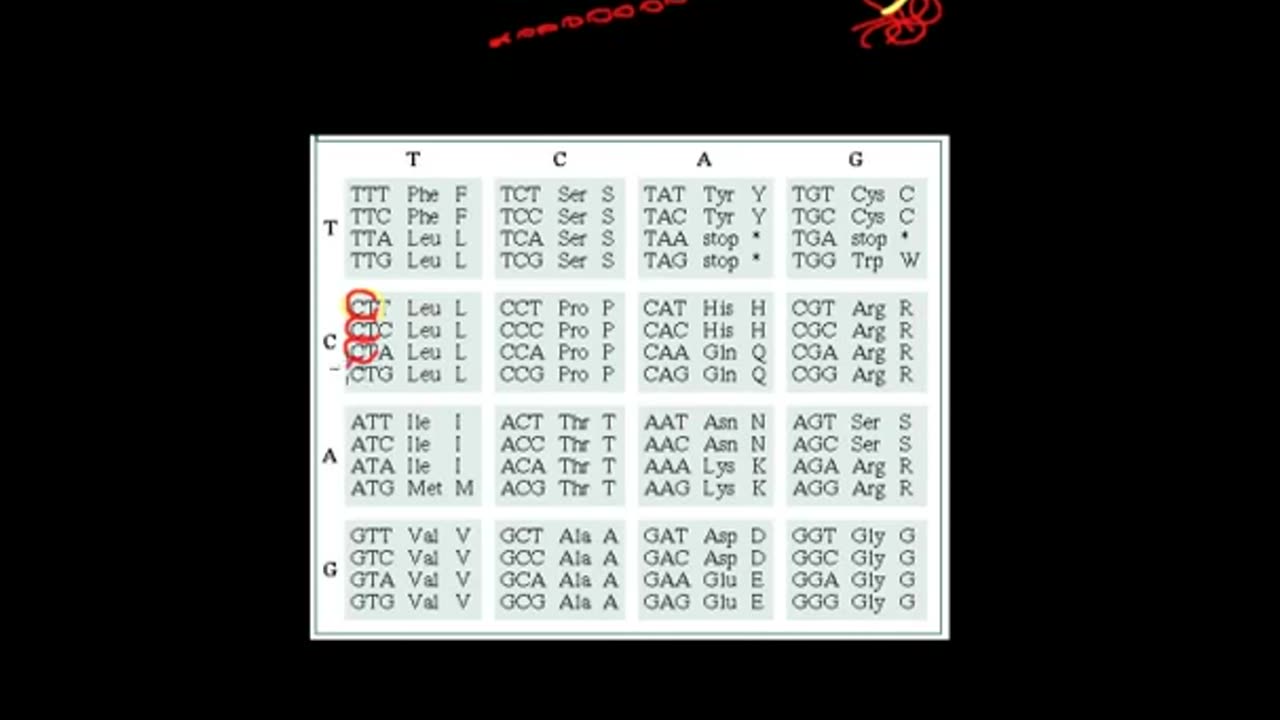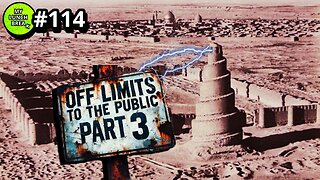Premium Only Content

Analysis of proteins by in vitro mutagenesis
The generation and characterization of mutants is
an essential component of any study on structure--
function relationships. Knowledge of the threedimensional structure of a protein, RNA species,
or DNA regulatory element (e.g. a promoter) can
provide clues to the way in which they function but
proof that the correct mechanism has been elucidated requires the analysis of mutants that have
amino acid or nucleotide changes at key residues.
Classically, mutants are generated by treating
the test organism with chemical or physical agents
that modify DNA (mutagens). This method of mutagenesis has been extremely successful, as witnessed
by the growth of molecular biology and functional
genomics, but suffers from a number of disadvantages. First, any gene in the organism can be mutated
and the frequency with which mutants occur in the
gene of interest can be very low. This means that
selection strategies have to be developed. Second,
even when mutants with the desired phenotype are
isolated, there is no guarantee that the mutation has
occurred in the gene of interest. Third, prior to the
development of gene-cloning and sequencing techniques, there was no way of knowing where in the
gene the mutation had occurred and whether it
arose by a single base change, an insertion of DNA,
or a deletion.
As techniques in molecular biology have developed, so that the isolation and study of a single gene
is not just possible but routine, so mutagenesis has
also been refined. Instead of crudely mutagenizing
many cells or organisms and then analyzing many
thousands or millions of offspring to isolate a desired
mutant, it is now possible to change specifically any
given base in a cloned DNA sequence. This technique
is known as site-directed mutagenesis. It has become
a basic tool of gene manipulation, for it simplifies
DNA manipulations that in the past required a great
deal of ingenuity and hard work, e.g. the creation or
elimination of cleavage sites for restriction endonucleases. The importance of site-directed mutagenesis
goes beyond gene structure--function relationships
for the technique enables mutant proteins with novel
properties of value to be created (protein engineering).
Such mutant proteins may have only minor changes
but it is not uncommon for entire domains to be
deleted or new domains added.
-
 1:03:41
1:03:41
Man in America
20 hours agoAre Trump & Musk the COUNTER-ELITES? w/ Derrick Broze
105K93 -
 3:45:08
3:45:08
DLDAfterDark
11 hours ago $12.91 earnedDLD Live! SHTF Handguns! Which Would You Choose?
57.3K4 -
 1:50:38
1:50:38
Mally_Mouse
14 hours agoSaturday Shenanigans!! - Let's Play: Mario Party Jamboree
65.9K -
 1:13:00
1:13:00
Patriots With Grit
18 hours agoWill Americans Rise Up? | Jeff Calhoun
54.9K14 -
 14:55
14:55
Exploring With Nug
18 hours ago $12.79 earnedWe Found Semi Truck Containers While Searching for Missing Man!
75K16 -
 27:57
27:57
MYLUNCHBREAK CHANNEL PAGE
1 day agoOff Limits to the Public - Pt 3
164K73 -
 38:07
38:07
Michael Franzese
18 hours agoLeaving Organized Crime and Uncovering Mob in Politics: Tudor Dixon and Michael Franzese
124K16 -
 2:42:54
2:42:54
Jewels Jones Live ®
2 days agoAMERICA IS BACK | A Political Rendezvous - Ep. 111
96.3K50 -
 8:47:33
8:47:33
Due Dissidence
1 day agoLIVE: Workers Strike Back Conference ft. Chris Hedges, Jill Stein, Kshama Sawant, and More!
130K93 -
 8:36:37
8:36:37
Right Side Broadcasting Network
5 days agoLIVE REPLAY: CPAC 2025 Day Three with President Donald J. Trump - 2/22/25
485K104